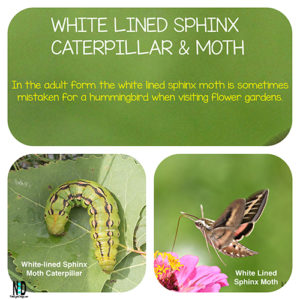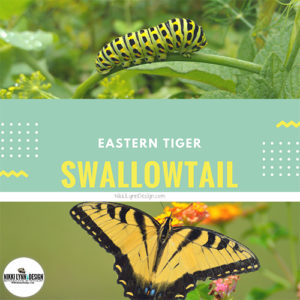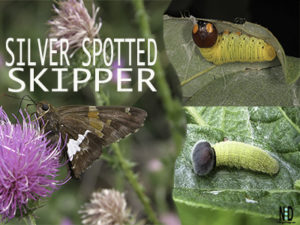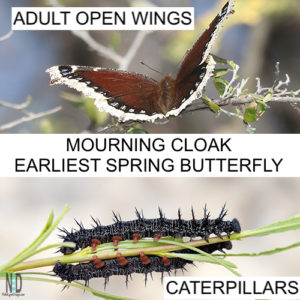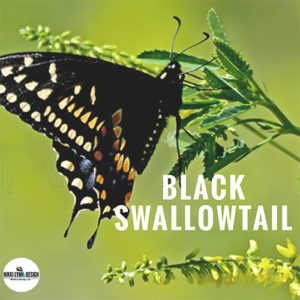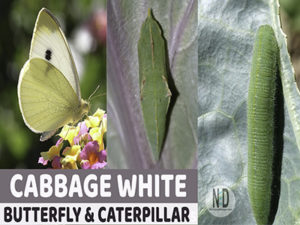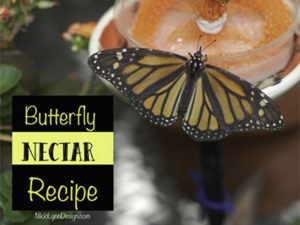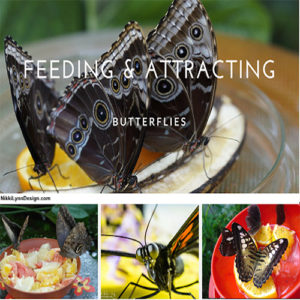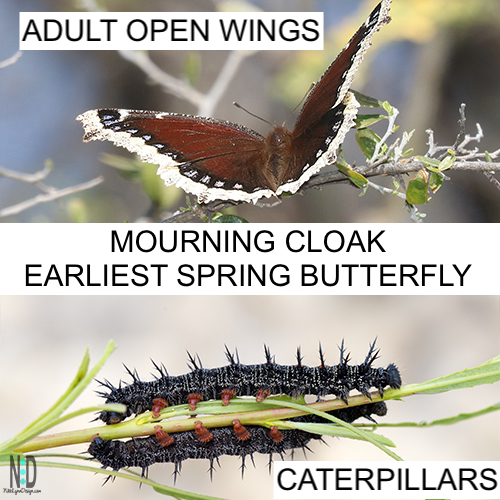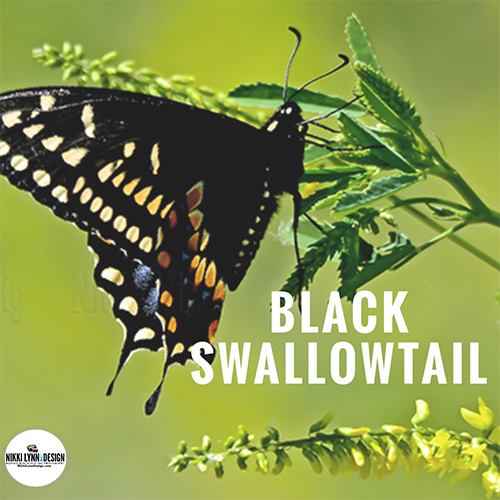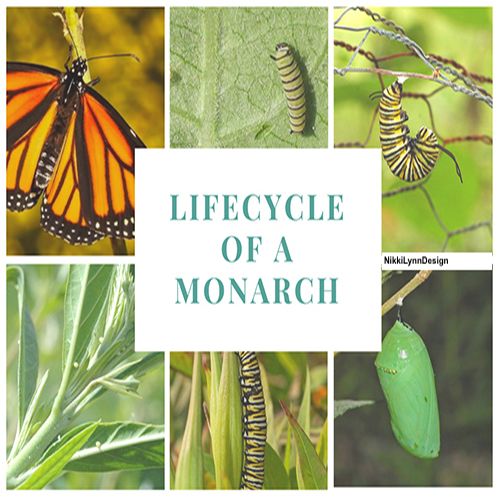Banded Woollybear Caterpillar
The banded woolly bear caterpillar and moth can be found nearly everywhere in Wisconsin. It feeds on low-growing plants but is not a pest to garden and farm crops.
Banded Woollybear Caterpillar
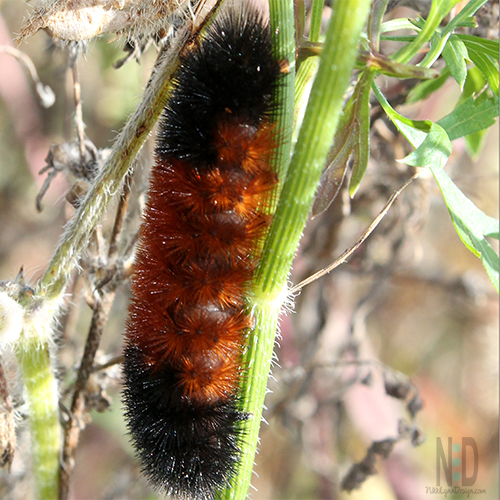
Characteristics of The Caterpillar
1.) The caterpillar is black at both ends and rust-colored in the middle section.
2.) The woolly bear is easily spotted during the autumn months.
3.) Doesn’t sting or bite when picked up.
4.) The bristle hairs can get under your skin and cause irritation.
Some people once thought that the thickness of different bands of the bristle hair would tell how hard or cold the winter was going to be. Turns out, those are old wives’ tales.
Found On



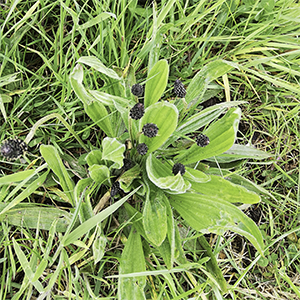
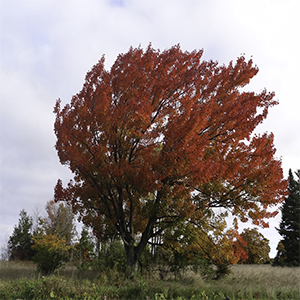


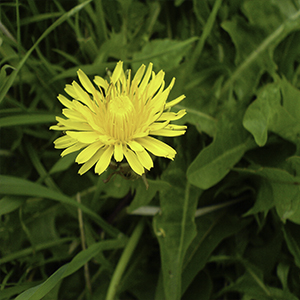
Getting Ready For Change
About a week or so before the first frost in our area, the woolly worms begin to wander around aimlessly. You will see a healthy population if you are looking for them on roadways, sidewalks, and even in your lawn.
The caterpillars are looking for a good place to hibernate for the winter months. They hibernate as a caterpillar under rocks and leaf litter piles.
When they emerge from hibernation they will eat a few days and then spin a silken cocoon. In four weeks later they emerge as the Isabella Tiger Moth. This happens between April and June. With a second wave two months later.
Meet The Adult Form of The Woolly Bear Caterpillar
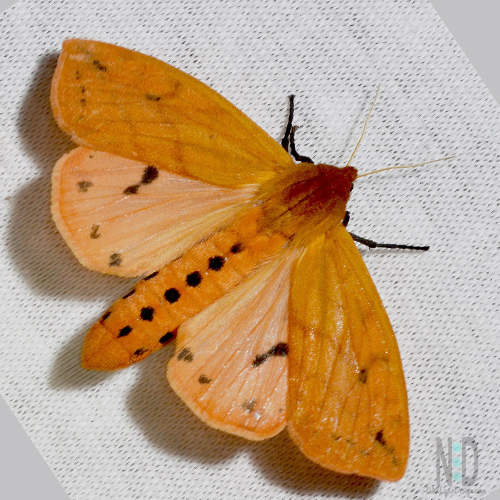
Isabella Tiger Moth
1.) Pale yellow moth with a small head.
2.) Furry thorax.
3.) A conspicuous line of black dots runs along the abdomen.
After the female lays her eggs, her lifecycle is complete.
Sharing Is Caring. Pin Me.
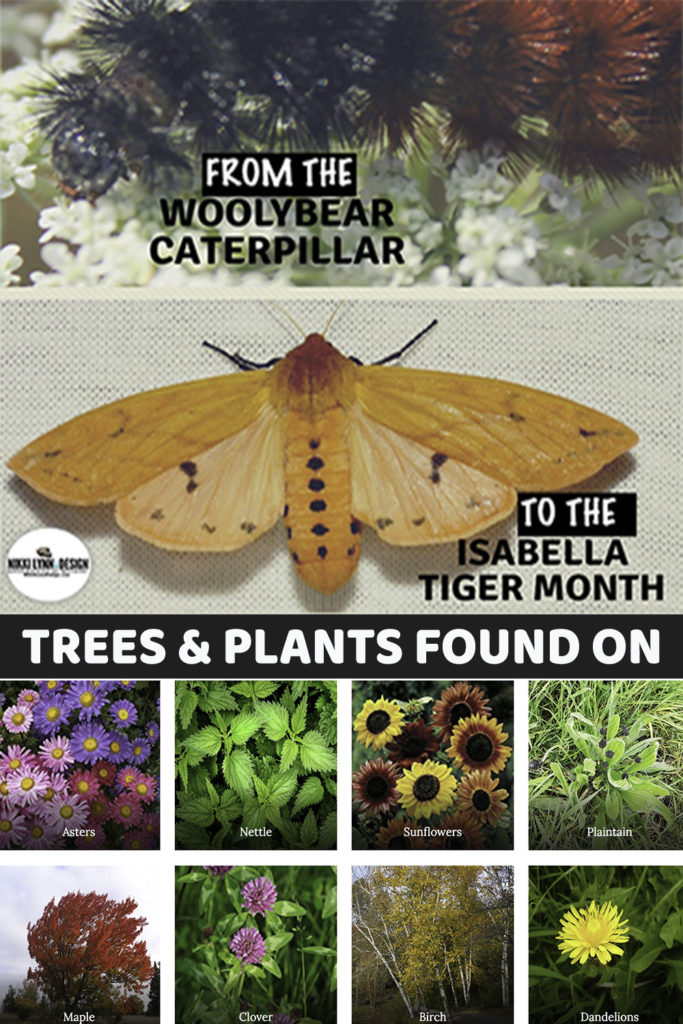
AFFILIATE POLICY: Posts on this site may contain links to outside vendors that pay me a commission when you purchase from them, at no additional cost to you. Thank you for supporting this site!
